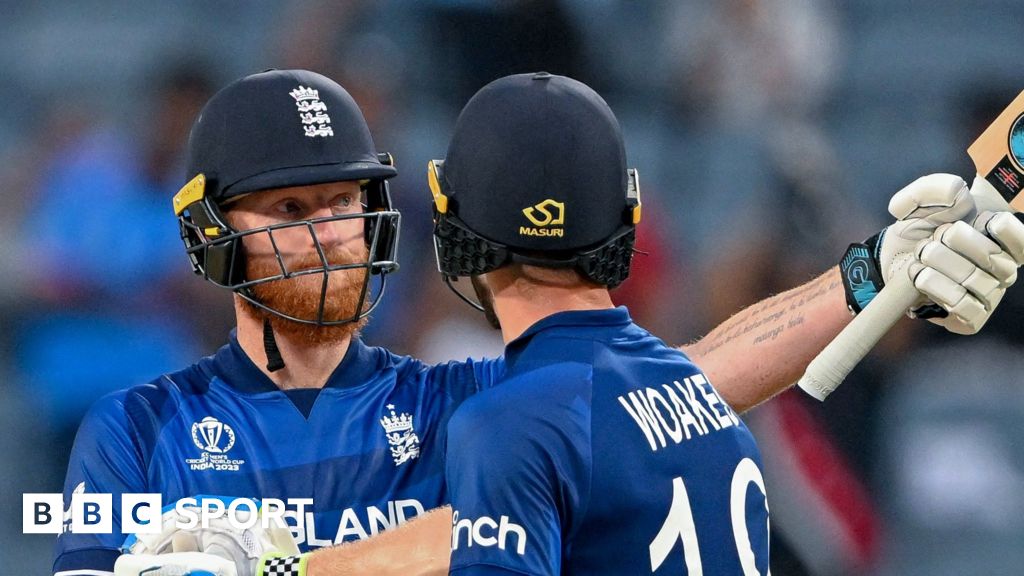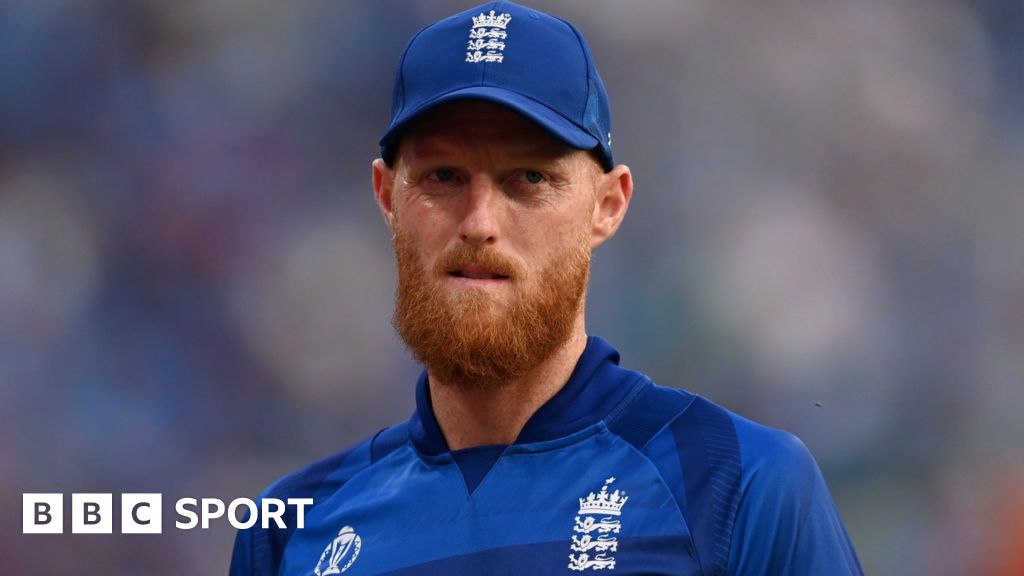The researchers compared Internet-based psychodynamic therapy (IPDT, where i stands for Internet) with online cognitive behavioral therapy (IKBT) as a treatment modality for adolescent depression.
Previous research has shown that about half get better from IKBT. But even if the treatment is effective and has strong research backing, there is a large proportion of patients who do not improve adequately. There is also a lack of previous research on how IPDT can help young people who feel unwell.
major depression
Major depression is the diagnostic term for more severe clinical forms of low mood, which result in suffering and reduced functioning. Common symptoms are decreased interest/desire, guilt/inferiority, difficulty sleeping, and sometimes suicidal thoughts.
CBT – Cognitive Behavioral Therapy
Cognitive behavioral therapy assumes that it is possible to influence and change thoughts, behavior and feelings by recognizing patterns. In therapy, you work to change thought patterns and identify behaviors that contribute to depressive moods in order to increase behaviors that contribute to mood improvement.
PDT – psychodynamic therapy
Psychodynamic therapy emphasizes the importance of the background of psychological symptoms in unconscious feelings and thoughts. In therapy, you process things you’ve experienced, feelings you previously avoided, in order to better understand yourself or to be able to break recurring negative relationship patterns.
CBT treatments are offered online in most areas of the country.
The study is relevant because many teens suffer from depression and online therapy is needed for young people with depression because it is easily accessible and many young people prefer it, says Bjorn Phillips.
There are treatment options, but research is still limited, especially for young adults. Therefore, alternatives are needed for patients who may not have responded to IKBT or who would like a treatment with a different concentration and a different model of interpretation, Karin Lindqvist continues.
Study on equal terms
The two different forms of therapy, IPDT and IKBT, were studied under the same conditions. The research group includes experts in both PDT and CBT.
We have made an effort to balance treatment groups in terms of, for example, supervision time and frequency of contact with patients. Karin Lindqvist says the only thing that differed between them was exactly the content of the treatments.
272 people between the ages of 15 and 19 participated in the study. Half had to go to IKBT and the other half to IPDT.
Young people who took part in the study came from all over Sweden and some had a long way to go to the nearest care unit. They were recruited, among other things, through advertisements in social media and contact with schools. First, it was confirmed that the participants had a major depressive state and had no other primary mental diagnoses. Then, for ten weeks, they had to participate in online CBT or PDT therapy, which mostly consisted of self-help with contact with a therapist each week.
The full effect of both treatments
The IKBT consists of tasks to understand the psychological mechanisms behind moods and to learn different ways of working to feel better. In the IPDT, participants were instead encouraged to reflect on the underlying emotional conflicts that contribute to depression.
During and after treatment, the effect was investigated by observing adolescents’ well-being. First of all, changes in the level of depression were measured by self-assessment tests, but the presence of anxiety symptoms, ability to regulate emotions, and self-compassion were also followed.
The study showed that the two treatments had an equivalent and good effect on young people with depression, which the researchers also believed but wanted to test through the study.
– Our hypothesis was that the effect of IPDT would be quite similar to that of IKBT, but at the same time, the CBT we use in the study had very good results in previous studies. Now the result is what we thought, says Jacob Mitchell, which was satisfactory because the most effective treatments are beneficial to patients.
A wide range of treatments can help more people
The researchers now want the study to contribute to health care being able to offer both IPDT and IKBT to depressed youth, and to deliver adolescent depression treatments in an accessible manner and at a low threshold. With more treatments backed by research, patients can also choose the treatment according to what they think is best for them or the treatment recommended by professionals who have performed a qualified evaluation.
We hope that continued research, on our part and on others, will lead to more knowledge about the person with whom treatment is being helped. We’d like to develop IPDT for young people with other types of mental health problems than depression and to evaluate the impact of these treatments, says Bjorn Philips.
Appreciate the treatment
Finally, what did the teens themselves really think about participating in the study?
Many young people appreciated that they could do the treatment on their own terms, and that they did not have to go to a school counselor or apply to their local BUP clinic. For many, this is associated specifically with feelings of shame. This way, they can make their own decision and carry out treatment whenever and wherever it is convenient for them. Many also describe that they created a strong bond with their therapist and it was clear that it became an important relationship, even though it all happened online, says Karin Lindqvist.
– The thing that surprised me is how many young people interact with their treatments, and it still requires a lot of those who participate in online therapy. They should read self-help materials, complete exercises, and in our study, also chat with their therapist. Although activity varies, we generally see a high commitment to follow-up treatment. It’s impressive, not least because so many of them have been depressed for a very long time, Jacob Mitchler concludes.
Scientific material:

“Extreme tv maven. Beer fanatic. Friendly bacon fan. Communicator. Wannabe travel expert.”







More Stories
Study: The size of a snack determines how much you eat
Patient at this year's Karolinska CCC Day
Vaccination Week draws attention to the fact that vaccination protects throughout life – Public Health Agency